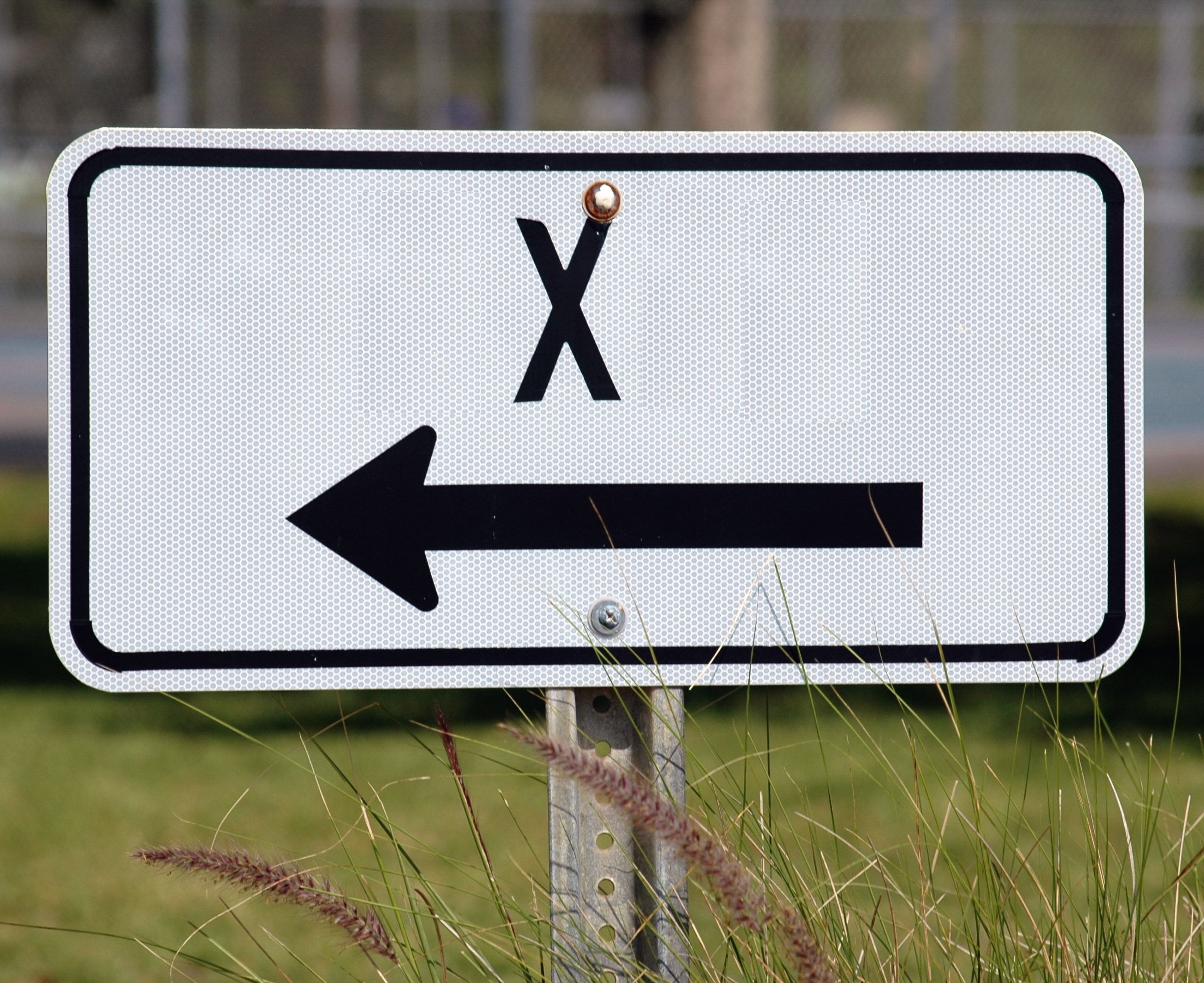The country’s transformation is expanding into digital marriages and divorce and elections via app. PublicTechnology talks to Oliver Väärtnõu from tech partner Cybernetica to find out about the underpinning architecture.
“We have built a digital society and we can show you how.”
This invitation, the headline of the e-Estonia website, is one that has been accepted by many over the past 20 years. The small Baltic country has long been feted for its use of technology and data in delivering public services, and is often held up as a how-to guide for doing so.
And such transformation continues with marriages – and divorces – becoming the final government services to be moved online, while the European elections next summer are set to be the first in which citizens can cast their vote using a mobile app. In an interview with PublicTechnology this week, the chief architect of Estonia’s Information System Authority (RIA), Tarmo Hanga, discussed the agency’s ambitions to create more proactive services based around the major events of people’s lives.
The X-Road is the central highway that has guided Estonia’s digital journey so far, and is the path along which it shall continue.
“All kinds of organisations exchange data directly between themselves – there is no central point of failure. This architecture gives you a very flexible tool to build digital services – but also builds cybersecurity resiliency into the society.”
Created in 2021, X-Road is a secure data exchange platform enabling connections between more than 1,300 IT systems operated by over 450 organisations – about a third of which are public-sector bodies. The infrastructure is used to deliver 3,000 services.
X-Road was developed by RIA, working closely alongside Cybernetica: a Tallinn-based tech firm. The company – which also played a key role in developing Estonia’s online voting system – can trace its roots back to 1960 and the creation of a national Institute of Cybernetics. A little over 30 years later – following the dissolution of the Soviet Union and the attainment of independence – the institute became a government-owned company and, in 1997, a privately owned firm focused on digital infrastructure, communications, and cryptography.
With its long-standing IT and cybersecurity expertise, during the early years of independence Cybernetica “became a partner for the Estonian government, to help look at how to digitalise the society”, the firm’s chief executive Oliver Väärtnõu tells PublicTechnology.
“And, in the 90s and early 2000s, the Estonian government was [thinking]: ‘We have now fought for our freedom, we have a government – but what is the future of the government? Do we build manual processes with bricks-and-mortar buildings? Or do we look at something alternative?’ And since the new generation of politicians that came into power – they were in their 30s – had heard about, Mozilla, and Netscape and browsers, and the world wide web, they thought that maybe the future is online – that is where we talk to our customers, which are citizens and businesses. We don’t build all this physical infrastructure, but we push the government online.”
Evenly distributed
While physical infrastructure may not have been required, the country did require the legal and digital architecture required to enable public services to be delivered digitally.
In 2000 Estonia passed into law the Digital Signature Act, which provides the legal basis for government services and other formal transactions to be conducted digitally. The next year this was followed by the launch of X-Road, “which is a peer-to-peer secure communication system to connect different government organisations together in order to build digital services”, according to Väärtnõu.
The distributed nature of this data-exchange layer is key to its success, the Cybernetica chief adds.
“Why it is unique is that it’s peer to peer,” he says. “All kinds of organisations exchange data directly between themselves – there is no central point of failure, no big hub where all the data has to be put together. And this X-Road architecture gives you a very flexible tool to build digital services – but also builds cybersecurity resiliency into the society.”
He adds: “And if you look at the story of X Road, in the beginning, there were only very few government organisations connected to it. It had a very slow growth initially – and then it exponentially took off. And today, all the Estonian government runs on X-Road, all the communications between organisations are run X-Road, and all the digital services are implemented on X-Road. And today, it’s not only used for government-to-government or government-to-city [connections] – also businesses use it for business-to-business or business- to-government transactions as well.”
The national digital architecture “enforces democratic values and it also protects personal data – because [individuals] control very strongly how and with whom you share the data on the organisational level”, Väärtnõu says.
This control will be further enhanced by a consent service developed by RIA and which entered a pilot phase two years ago. The aim of the service, to which 20 companies are now connected, is to enable citizens to “allow the transfer of your personal data to companies that offer innovative and personalised services based on personal data”, according to the Estonian government’s website. Once an individual has given their sign-off , “the data held by the state is transferred to the private company that obtained the consent” – which citizens have the option to revoke at any point.
The architecture that underpins and enables these transfers – the X-Road – has been used as a blueprint for other nations keen to replicate some of Estonia’s digital successes.
“Cybernetica has worked in about 35 countries around the world, deploying our services and technologies,” Väärtnõu says. “What we have done is basically taken the X-Road [model] and productised it so that it can be customised to other countries, and it can be easily and quickly deployed – X-Road belongs to the Estonian government, but we have created a product called Unified Exchange Platform which we developed and which we distribute to different countries around the world. Our biggest success cases include Ukraine, Malaysia, Japan, as well as countries in Africa like Namibia and Benin.”

First implemented in 2019, Ukraine now operates its own data-exchange platform, called Trembita – named after an alpine horn traditionally used to communicate in rural highland areas of western Ukraine. The system has been used to support the operation of the Diia app which has been a key role in enabling the remote provision of government services since the Russian invasion in 2022.
The Cybernetica chief said that deploying an X-Road-style architecture in a country of almost 44 million people – 33 times that of Estonia – helped provide confidence that the same models can work on a much larger scale. Such confidence is further evidenced by the firm’s recently announced partnership to work alongside local player Valid in implementing the technology in Brazil.
“But the Estonian e-government cannot be really copied piece-by-piece to another country,” Väärtnõu adds. “What we tell our customers is that we have succeeded in creating a very advanced digital society in Estonia, and here are the lessons we have learned and that the technologies that we can bring to you. But, at the end of the day, you need to make these technologies part of your society.”




